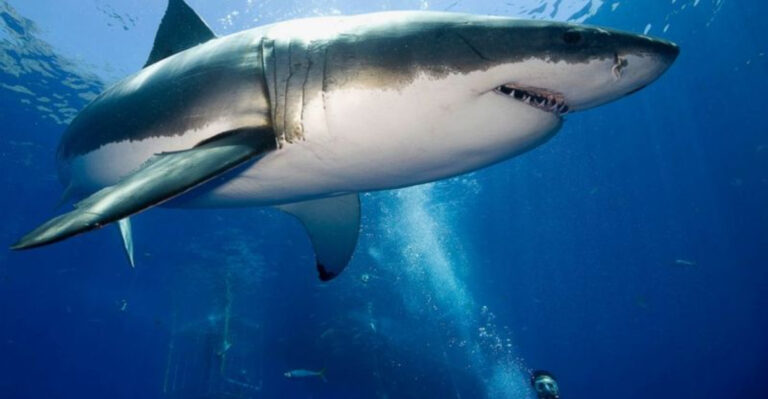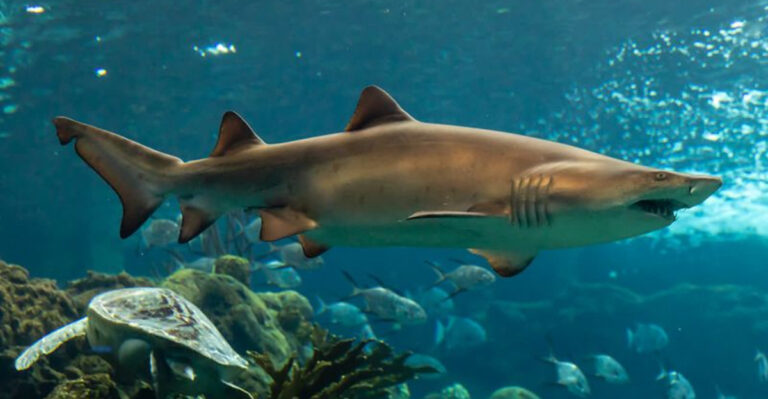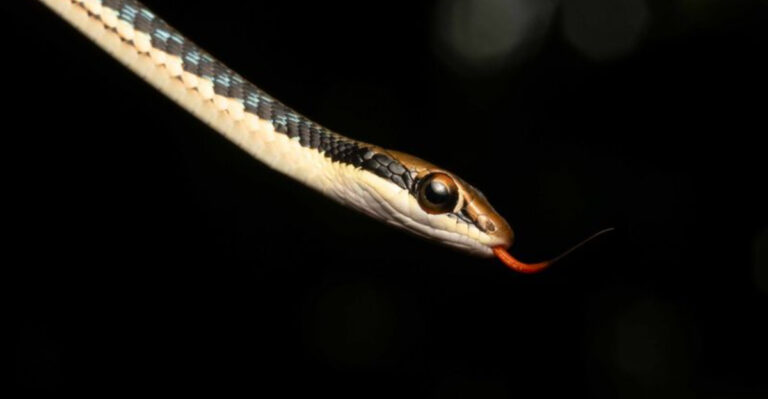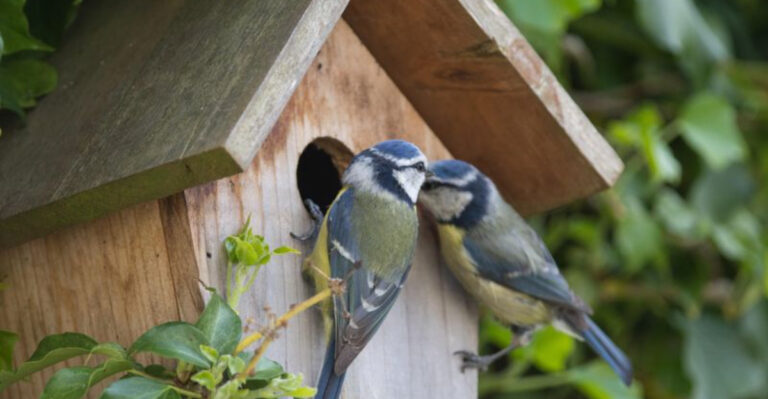How Do Birds Fly? Answers To Your Common Questions About Birds
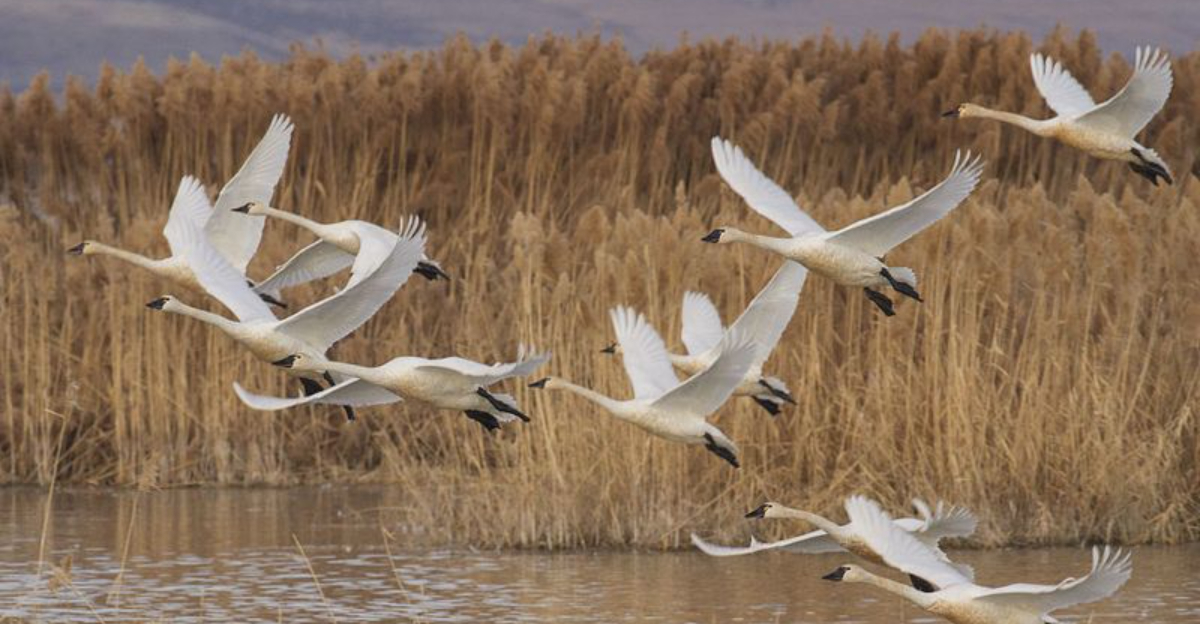
Ever watched birds soaring through the sky and wondered how they do it? These feathered marvels perform incredible aerial feats that humans needed airplanes to copy.
From tiny hummingbirds hovering in place to massive eagles riding thermal currents, birds have mastered the skies in ways that still fascinate scientists and bird watchers alike.
1. The Secret Behind Those Hollow Bones
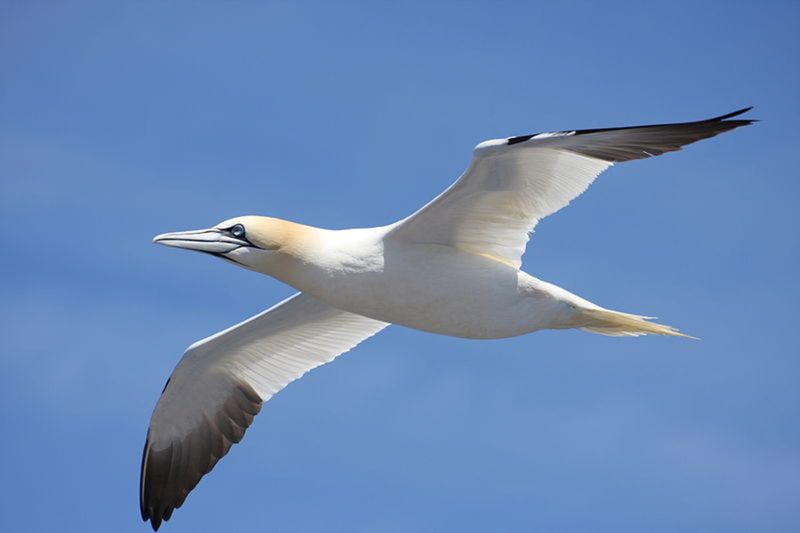
Imagine carrying a backpack filled with air instead of books! Birds have hollow, air-filled bones that dramatically reduce their weight while maintaining strength.
This clever adaptation means a bird’s entire skeleton might weigh less than its feathers. Less weight equals less energy needed to stay airborne.
2. Wing Shape Matters More Than Size
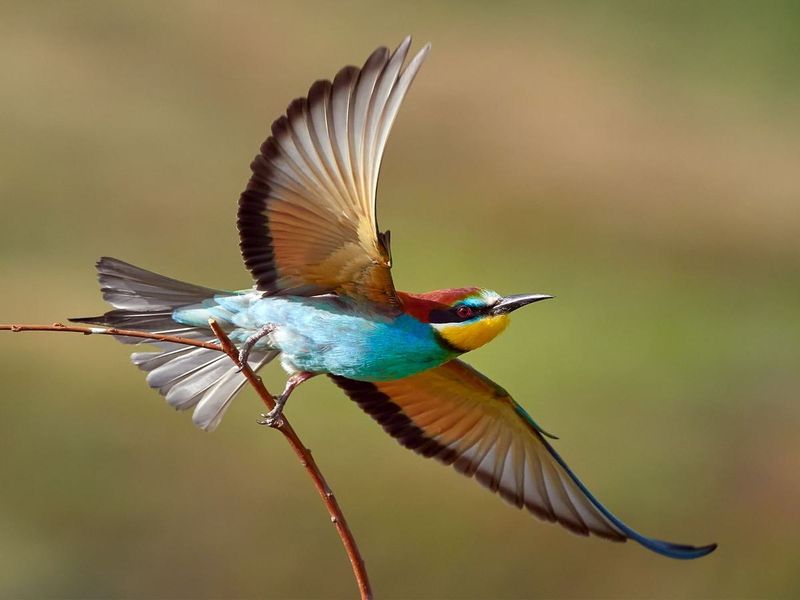
Not all wings are created equal! Long, narrow wings like those on albatrosses create excellent gliding efficiency for ocean journeys.
Short, rounded wings help birds like sparrows make quick turns between trees. Wing shape evolved specifically for each bird’s lifestyle and habitat needs.
3. Feathers: Nature’s Perfect Flight Technology
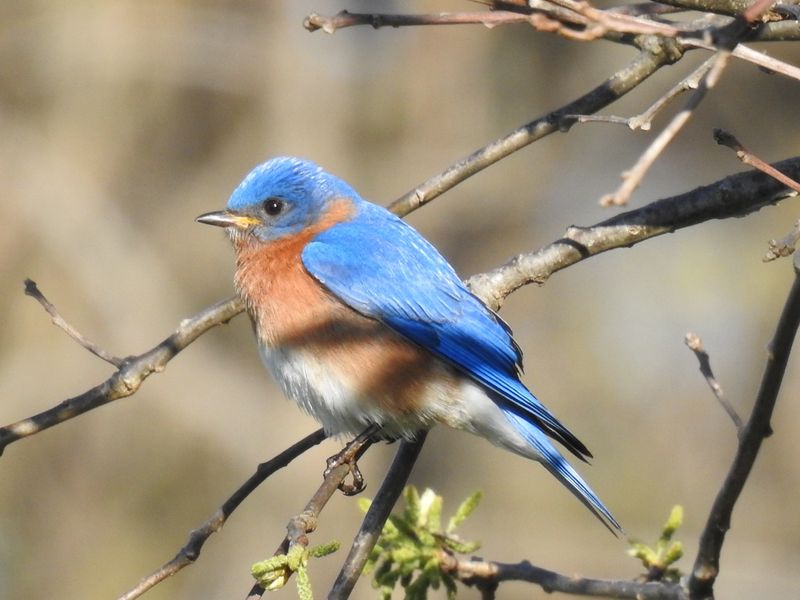
Feathers aren’t just fluffy decorations! These lightweight marvels combine incredible strength with flexibility, creating the perfect airfoil shape.
Birds can adjust individual feathers mid-flight, like tiny control surfaces on an airplane. Plus, they’re waterproof, insulating, and replace themselves regularly through molting.
4. The Power Behind Those Flapping Wings
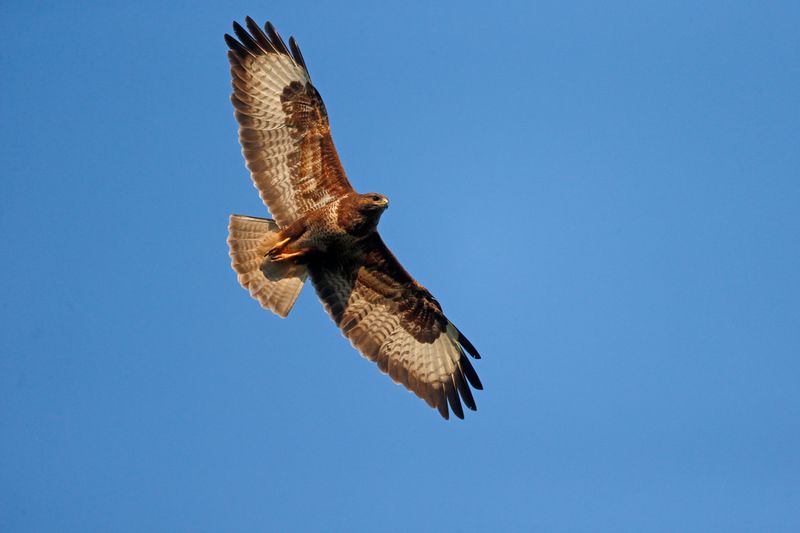
Underneath those colorful feathers lies a flight engine unlike anything humans have built. A bird’s chest muscles can make up 30% of its entire body weight!
These massive muscles attach to a specialized breastbone called the keel. With each powerful contraction, wings generate both lift and forward thrust.
5. Taking Off: Harder Than It Looks
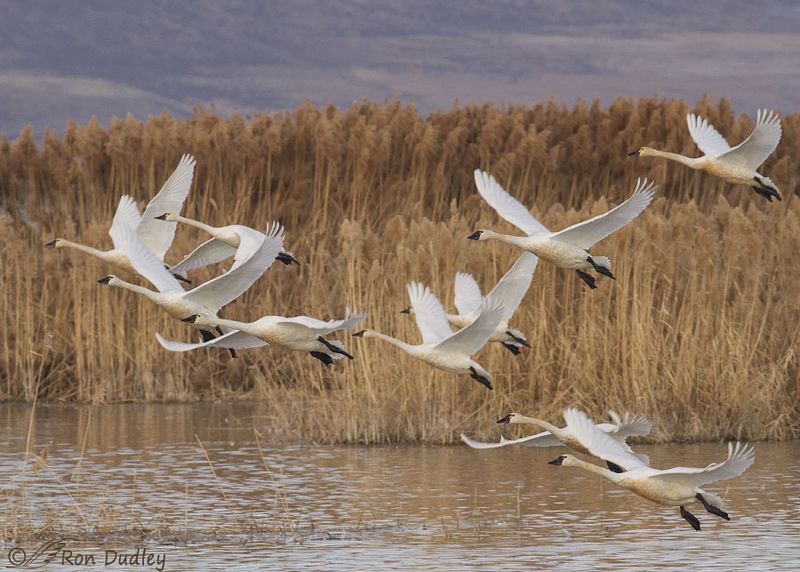
Launch time requires serious effort! Birds must generate enough speed to create lift under their wings.
Some run along water (loons), others leap from branches (songbirds), while many simply drop from heights. The heaviest flying birds need long runways – wild turkeys sometimes can’t clear treetops on their first attempt!
6. How Birds Navigate Invisible Highways

Thermal currents – rising columns of warm air – serve as invisible elevators in the sky. Eagles and hawks ride these thermals thousands of feet upward without a single wing flap!
By circling within these rising air currents, birds gain altitude for free, then glide long distances while searching for the next thermal.
7. Landing Gear: Those Amazing Feet
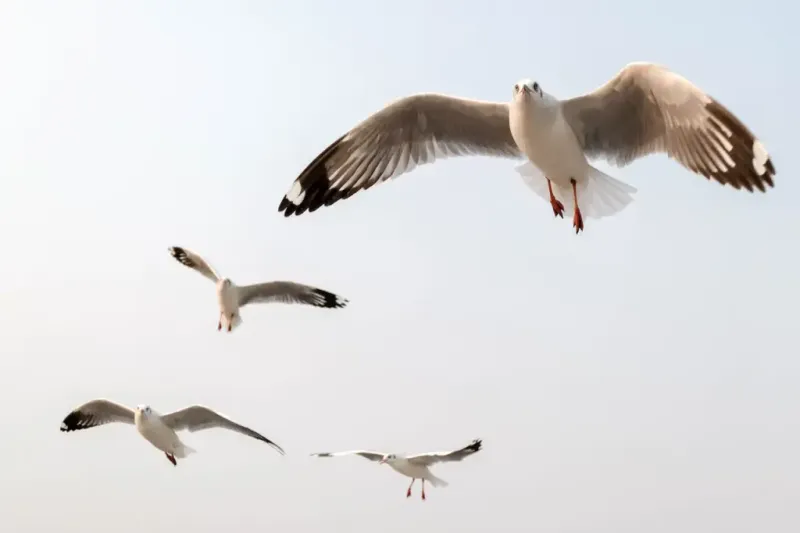
Coming in for a landing requires precision! Birds extend their feet forward while tilting their wings upward to create drag.
This slows their forward motion and increases lift temporarily. Watch closely and you’ll see birds spread their tail feathers like air brakes during landing.
8. The Hummingbird’s Helicopter Trick
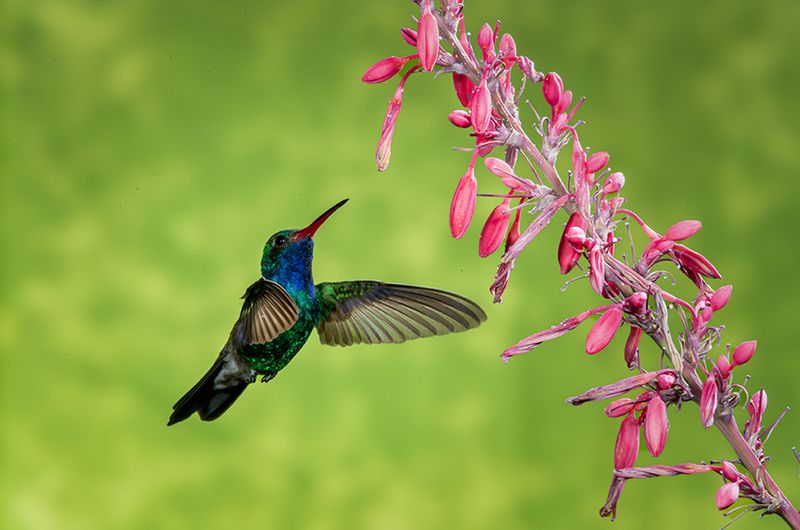
Flapping up to 80 times per second, hummingbirds achieve what seemed impossible – hovering in mid-air! Their wings move in a figure-eight pattern, generating lift on both forward and backward strokes.
This unique ability lets them sip nectar without landing. Their hearts beat up to 1,260 times per minute during flight!
9. Why Flying In Formation Makes Sense
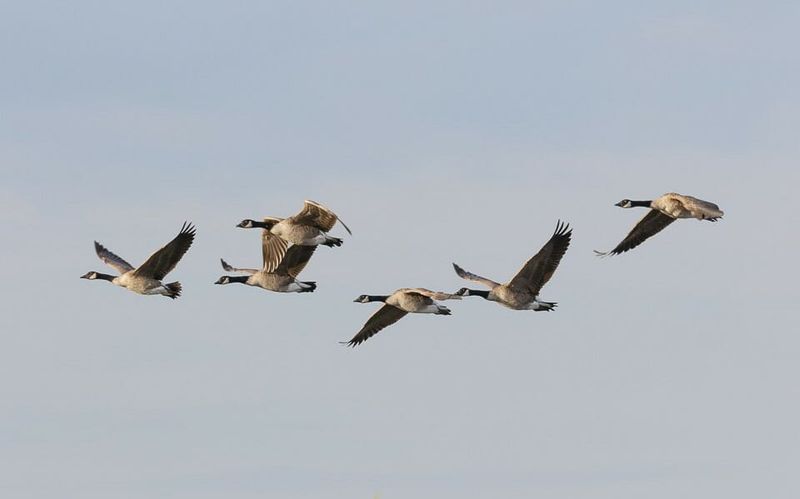
That V-shape isn’t just for show! When geese fly in formation, each bird except the leader rides in the updraft created by the bird ahead.
This aerodynamic advantage reduces energy needs by up to 70%. Birds rotate leadership positions when the front flyer tires – teamwork at its finest!
10. How Tiny Birds Cross Oceans
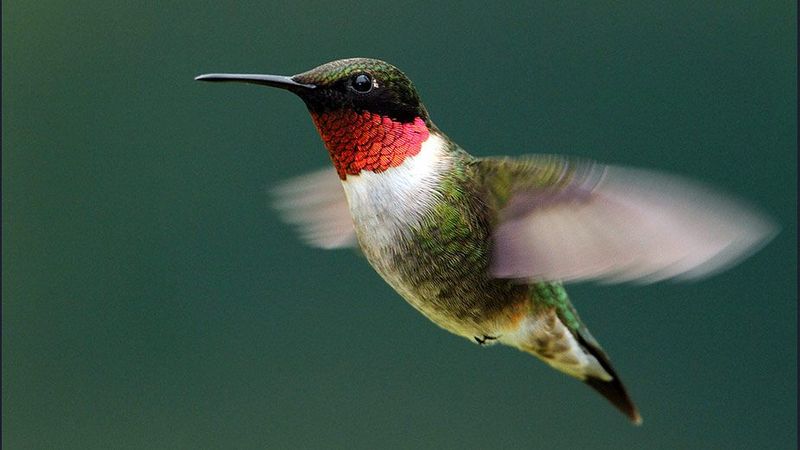
The ruby-throated hummingbird, weighing less than a penny, flies 500 miles non-stop across the Gulf of Mexico during migration!
Before these marathon journeys, birds enter a state called hyperphagia – eating until nearly doubling their weight with fat reserves. They’ll burn through this energy during their incredible non-stop flights.
11. The Fastest Wings In The Animal Kingdom
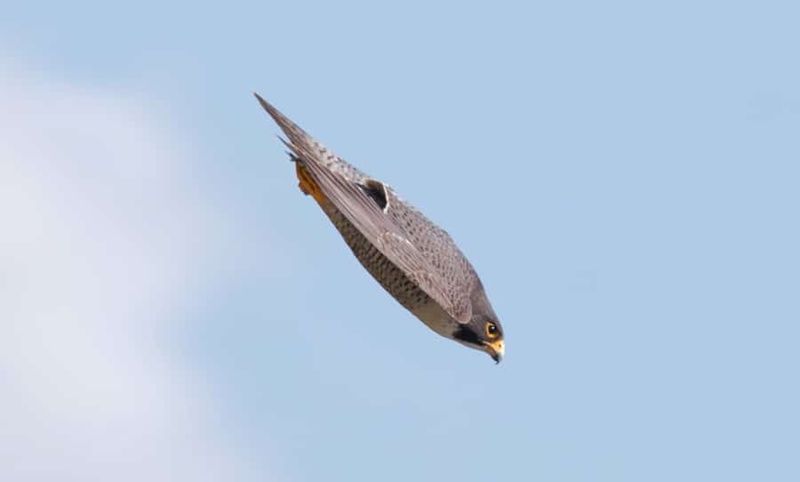
In a steep hunting dive, peregrine falcons reach speeds over 240 mph – faster than many sports cars! Special bony ridges in their nostrils protect their lungs from the extreme air pressure.
Their aerodynamic body shape and stiff feathers prevent them from being torn apart during these incredible high-speed dives.
12. The Bird That Sleeps While Flying
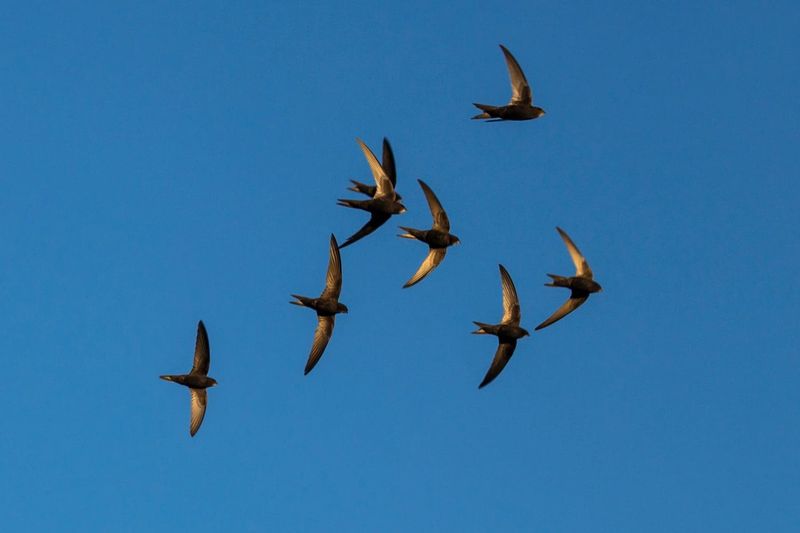
Swift birds can stay airborne for up to 10 months straight! They eat, drink, and even sleep while flying.
Scientists discovered they can rest one half of their brain at a time, keeping the other half alert for navigation. This remarkable adaptation lets them stay aloft for their entire non-breeding season.
13. Why Some Birds Can’t Fly At All
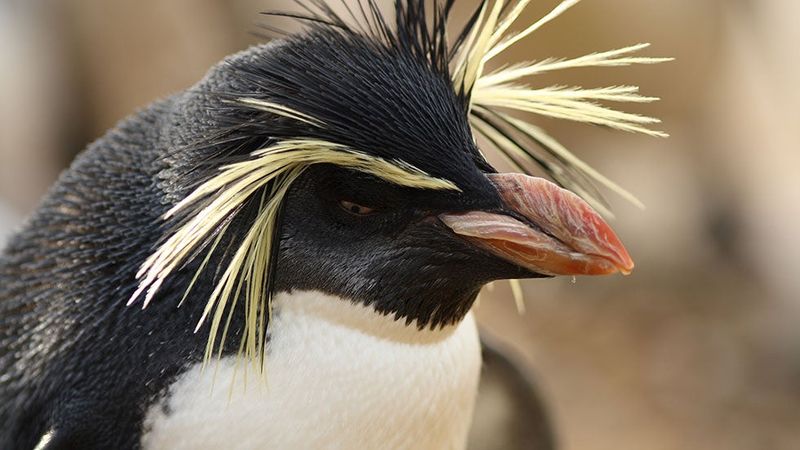
Not all birds take to the skies! Penguins, ostriches, and kiwis evolved in environments where flying wasn’t necessary for survival.
Instead, penguins became expert swimmers, using their wings as flippers. Ostriches developed powerful running legs. These flightless birds remind us that evolution favors whatever works best in a particular habitat.

